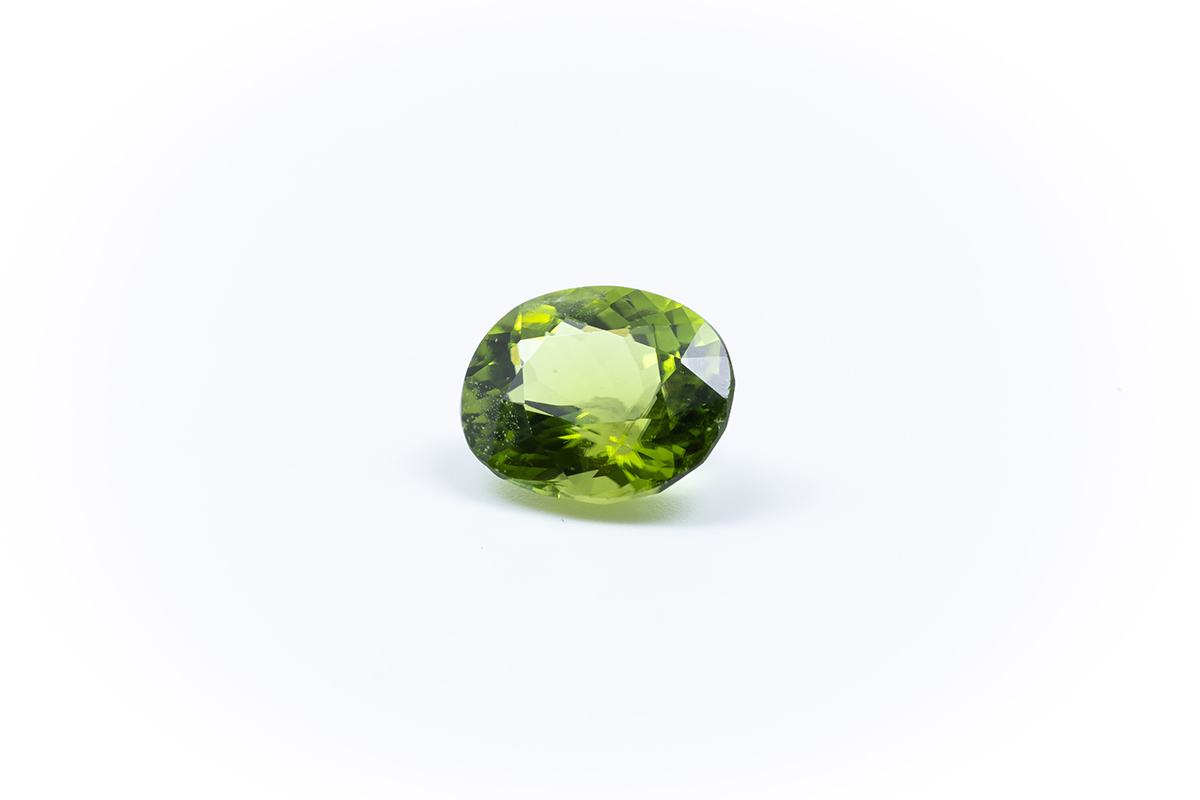Peridot
Peridot is also called chrysolite and is a particularly pure variety of olivine. It belongs to the silicates, the coloring element is iron. Unlike other gemstones, peridot occurs only in green – from a delicate light green to an intense dark green. The name "chrysolite" means “golden stone” or “golden yellow gemstone”.
Showing 1–16 of 30 results
-

Peridot
S$3,890.929,357 ct. | III/DGLA -

Peridot
S$2,017.518,248 ct. | III/DGLA -

Peridot
S$2,593.958,317 ct. | III/DGLA -

Peridot
S$3,746.817,695 ct. | III/CGLA -

Peridot
S$3,170.387,785 ct. | IV/CGLA -

Peridot
S$2,305.737,325 ct. | IV/DGLA -

Peridot
S$1,873.416,555 ct. | IV/CGLA -

Peridot
S$3,170.386,862 ct. | III/CGLA -

Peridot
S$2,017.516,442 ct. | III/DGLA -

Peridot
S$1,873.415,978 ct. | IV/CGLA -

Peridot
S$1,729.305,403 ct. | IV/CGLA -

Peridot
S$2,161.625,449 ct. | IV/CGLA -

Peridot
S$1,729.305,554 ct. | IV/CGLA -

Peridot
S$1,008.764,989 ct. | IV/DGLA -

Peridot
S$1,296.975,035 ct. | IV/CGLA -

Peridot
S$1,296.974,674 ct. | IV/CGLA